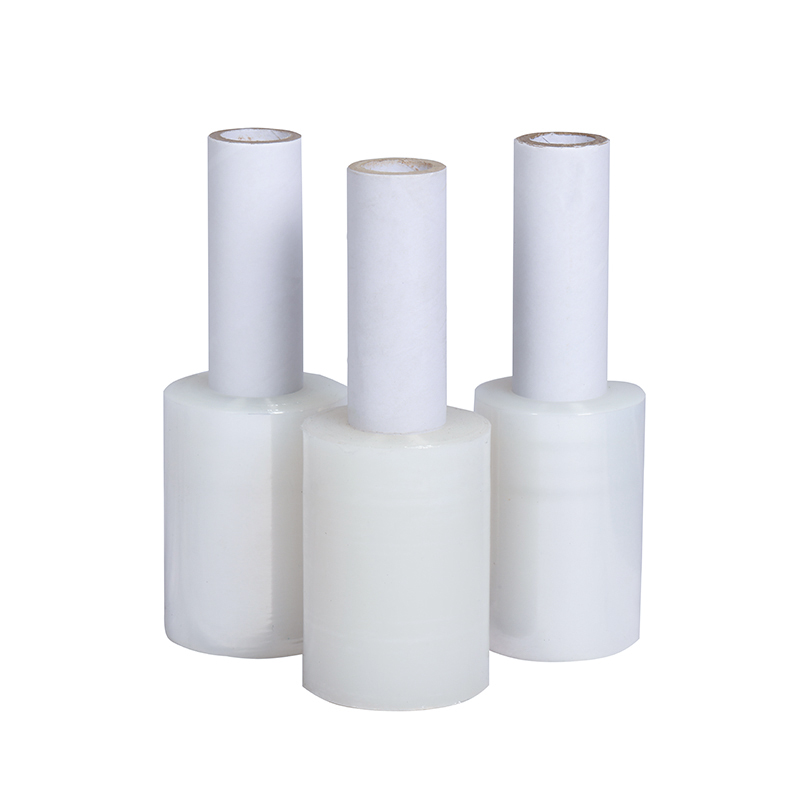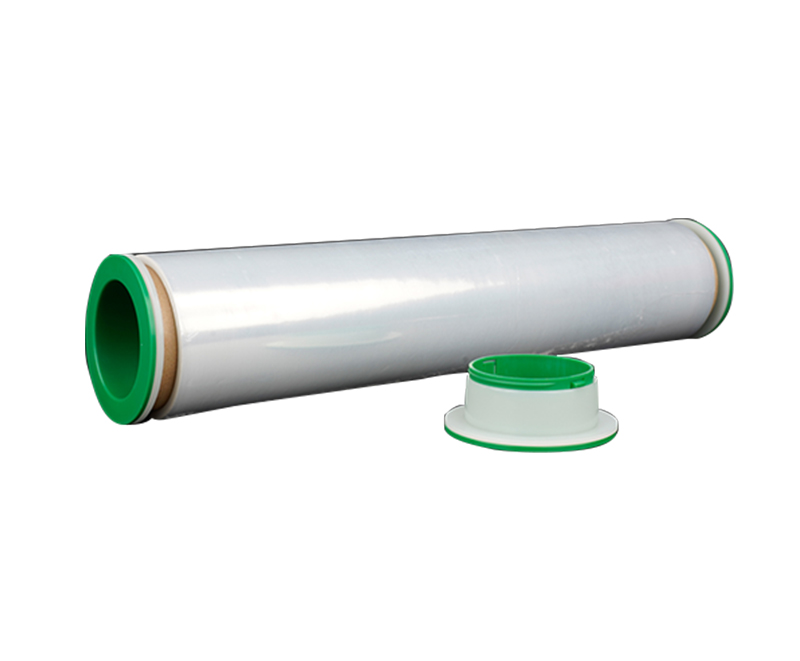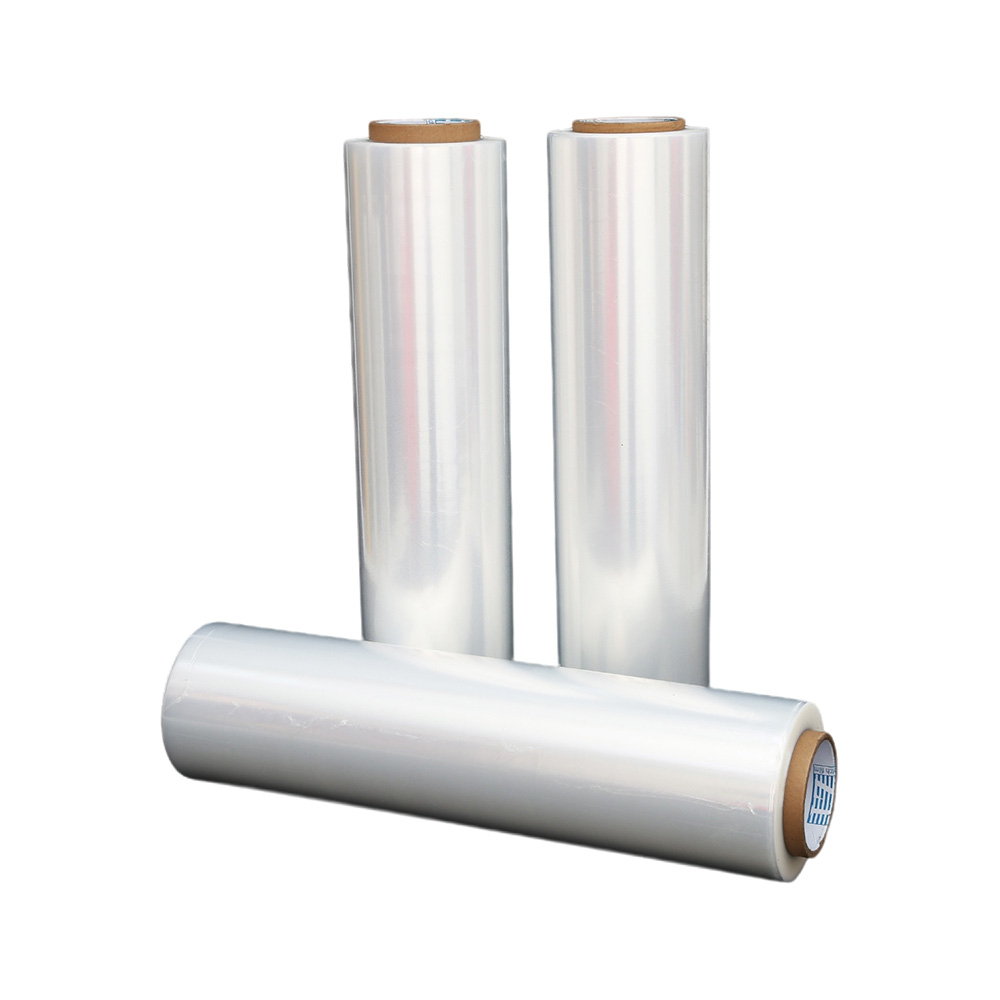Stretch Film Quality Standards: Key Specifications & Ass
Source:Stretch Film Quality Standards: Key Specifications & AssTime:2024-11-28Visitors:
Stretch film is a widely used packaging material essential for protecting products from moisture, dust, and physical damage. Ensuring high-quality stretch film is crucial for maintaining product integrity and safety during storage and transportation. This article outlines the key quality specifications for stretch film, highlighting the standards required to achieve optimal performance.

Key Quality Specifications
Surface Smoothness and Fold Reduction
- Specification: The stretch film should have minimal surface folds and white pressed lines at both ends.
- Impact: Excessive folds and visible lines indicate poor quality, leading to weakened film strength and potential product damage.
- Data Point: High-quality stretch films exhibit fold occurrences of less than 0.5% across the surface area, ensuring uniform protection.
Flatness of Cutting Edges
- Specification: The edges of the stretch film must be cut evenly and flat without any irregularities.
- Impact: Uneven cuts can cause difficulties during handling and packaging, increasing the risk of film tearing or tangling during shipment.
- Data Point: Precision cutting machinery should maintain edge flatness within ±0.2 mm to ensure consistency and reliability.
Consistent Extension and Balanced Blank Space
- Specification: The stretch film should extend uniformly without excessive stretching on one side and insufficient on the other. Blank space on both sides should be approximately 1 cm.
- Impact: Uneven extension affects the film’s ability to secure products properly, leading to instability and potential damage.
- Data Point: Stretch consistency should maintain elongation ratios between 300-500%, with blank space margins maintained within a 1 cm tolerance.
Durability and Tear Resistance
- Specification: High-quality stretch film should resist tearing under tension and avoid minor damages that compromise overall integrity.
- Impact: Inferior films may tear easily, causing packaging failures and exposing products to environmental hazards.
- Data Point: Tear strength should exceed 20 N/15mm, and puncture resistance should be above 50 N to ensure robust protection during handling and transport.
Clean Die Heads and Absence of Impurities
- Specification: Die heads used in the production process must be free from black impurities and charred plastic residues.
- Impact: Contaminants can degrade film quality, leading to defects such as uneven thickness and weak spots.
- Data Point: Regular maintenance schedules should ensure die head cleanliness, reducing impurity presence to less than 0.1% of total production volume.
Ensuring Quality in Production
To maintain high-quality stretch film, it is essential to monitor and control each stage of the production process. Key steps include:
Raw Material Selection
Use high-grade polyethylene with consistent molecular weight distribution to ensure uniform film properties.
Production Technology
Implement advanced extrusion and stretching techniques to achieve desired film thickness and mechanical properties.
Quality Control
Conduct regular inspections and testing for tensile strength, tear resistance, puncture resistance, and adhesion quality.
Maintenance Procedures
Ensure equipment, especially die heads, are regularly cleaned and maintained to prevent contamination and production defects.
Troubleshooting Common Issues
When issues arise with stretch film quality, it is crucial to identify the root cause, which may lie in the production method or specific production stages. Common problems include:
Film Tearing
- Cause: Often caused by uneven stretching or poor material quality.
- Solution: Verify stretching ratios and material specifications.
Uneven Cutting
- Cause: May result from malfunctioning cutting equipment.
- Solution: Ensure blades are sharp and machinery is calibrated correctly.
Impurities in Film
- Cause: Typically due to inadequate equipment cleaning.
- Solution: Implement stricter maintenance protocols to eliminate contaminants.
Conclusion
High-quality stretch film is vital for effective packaging, offering protection against moisture, dust, and physical damage. By adhering to stringent quality specifications—such as surface smoothness, edge flatness, consistent extension, durability, and impurity-free production—manufacturers can ensure their stretch film meets industry standards and effectively safeguards packaged goods. Continuous quality monitoring and adherence to best practices in production are essential for maintaining the integrity and reliability of stretch film.
Recommended Products
Ranked in the same article
- how to use the stretch film technology to r
- How can we get detailed price list?
- Five common quality problems of PE protecti
- Plastic film degradation
- How to guarantee punctual shipment for our
- Gauge to Micron and Millimetre Conversion G
- What is the difference between stretch film
- Testing the permeability of stretch film
- Stretch film temperature requirements
- Electrical wire film VS electrostatic film
- Why insufficient transparency of stretch w
Latest news articles
- How to check the quality of PE stretch film
- The Ultimate Guide to Choosing the Right Ma
- What is the Difference Between Magic Tape a
- The significance of using PE electric wire
- Bundling Stretch Film: Optimize Your Packag
- How can PE stretch film be cut better?
- The 133rd Spring Canton Fair
- Advantages of white engineering film
- Factors affecting viscosity of PE stretch f
- What Properties Ensure Effective Cold Chain
- Stretch Film Wrap: Unraveling Its Benefits



